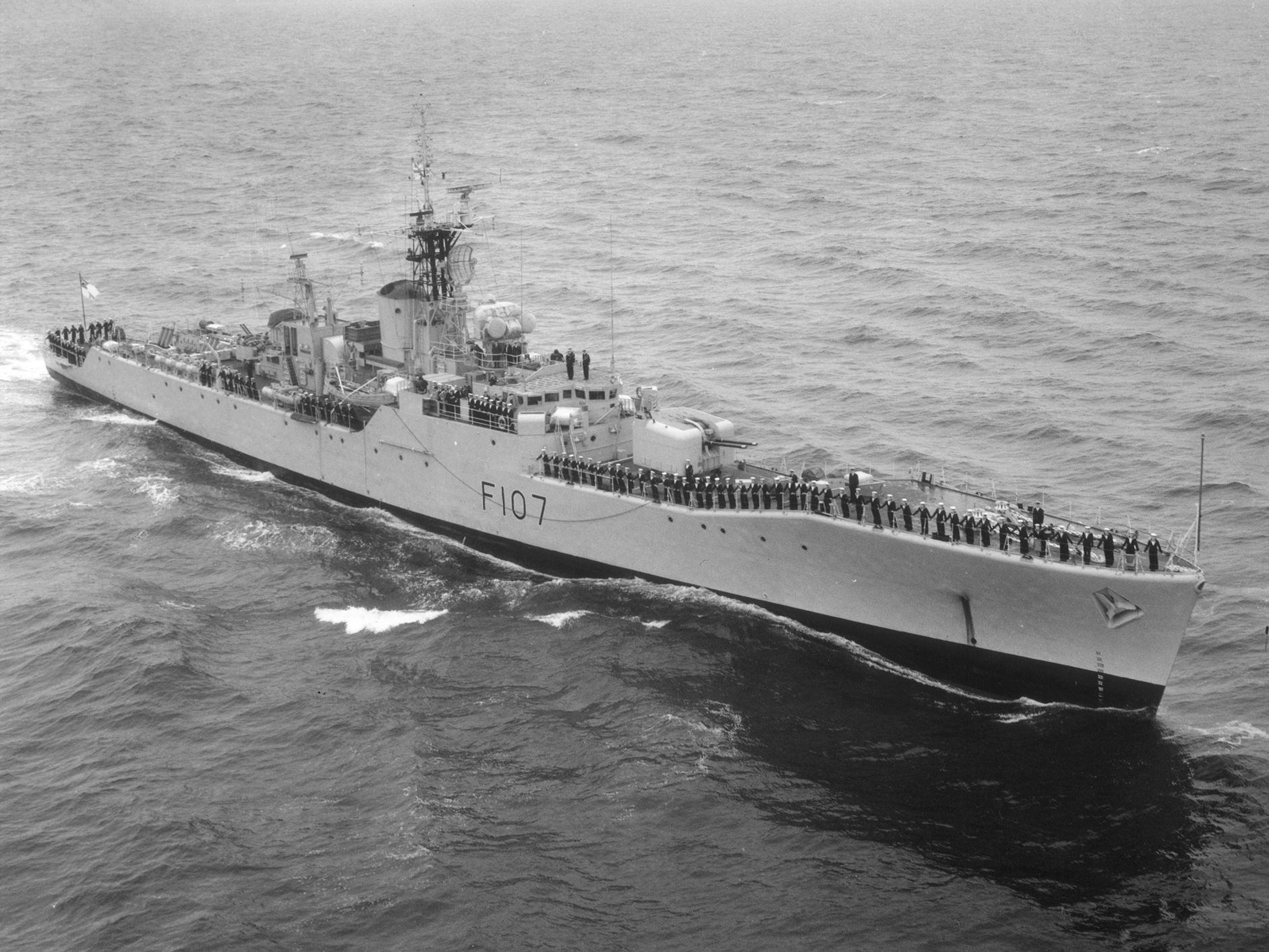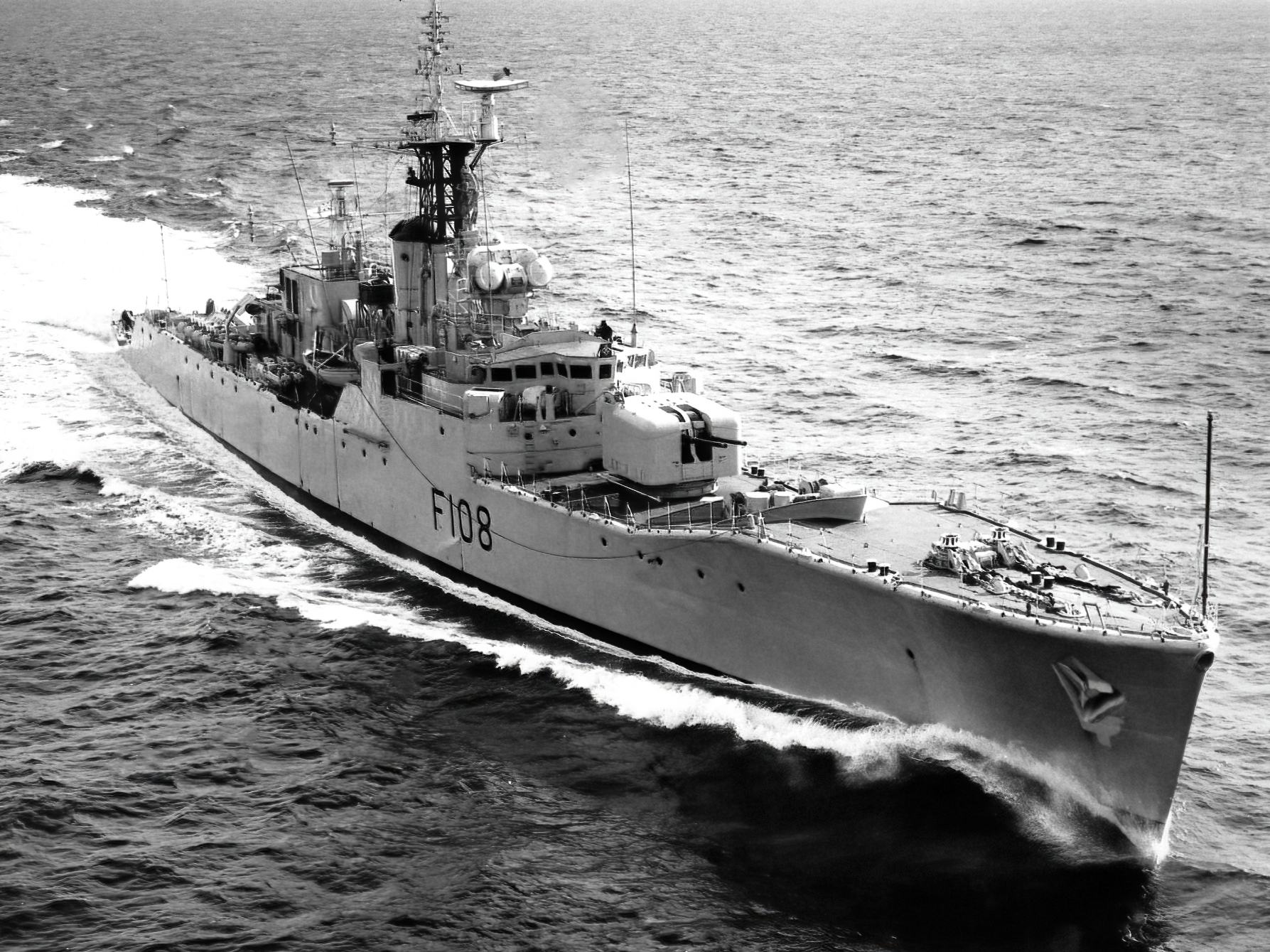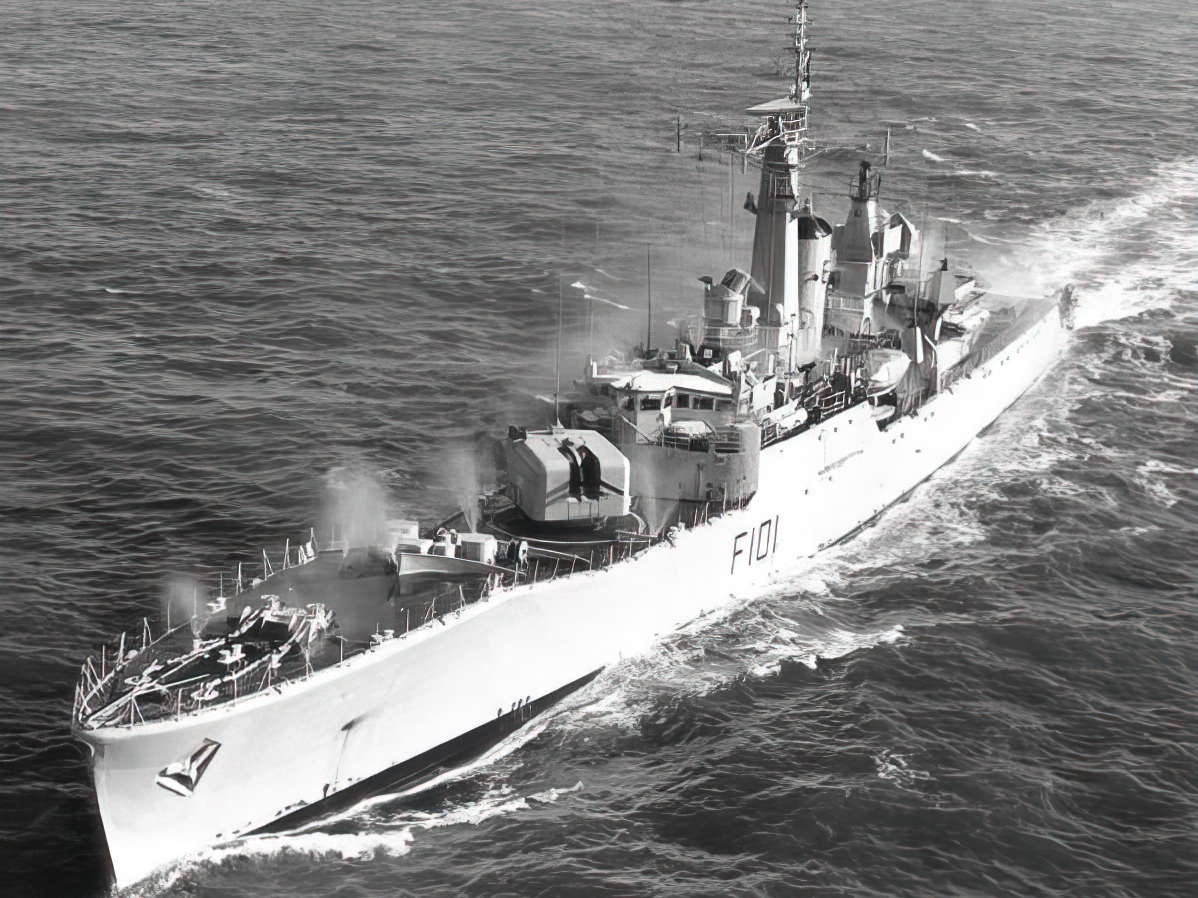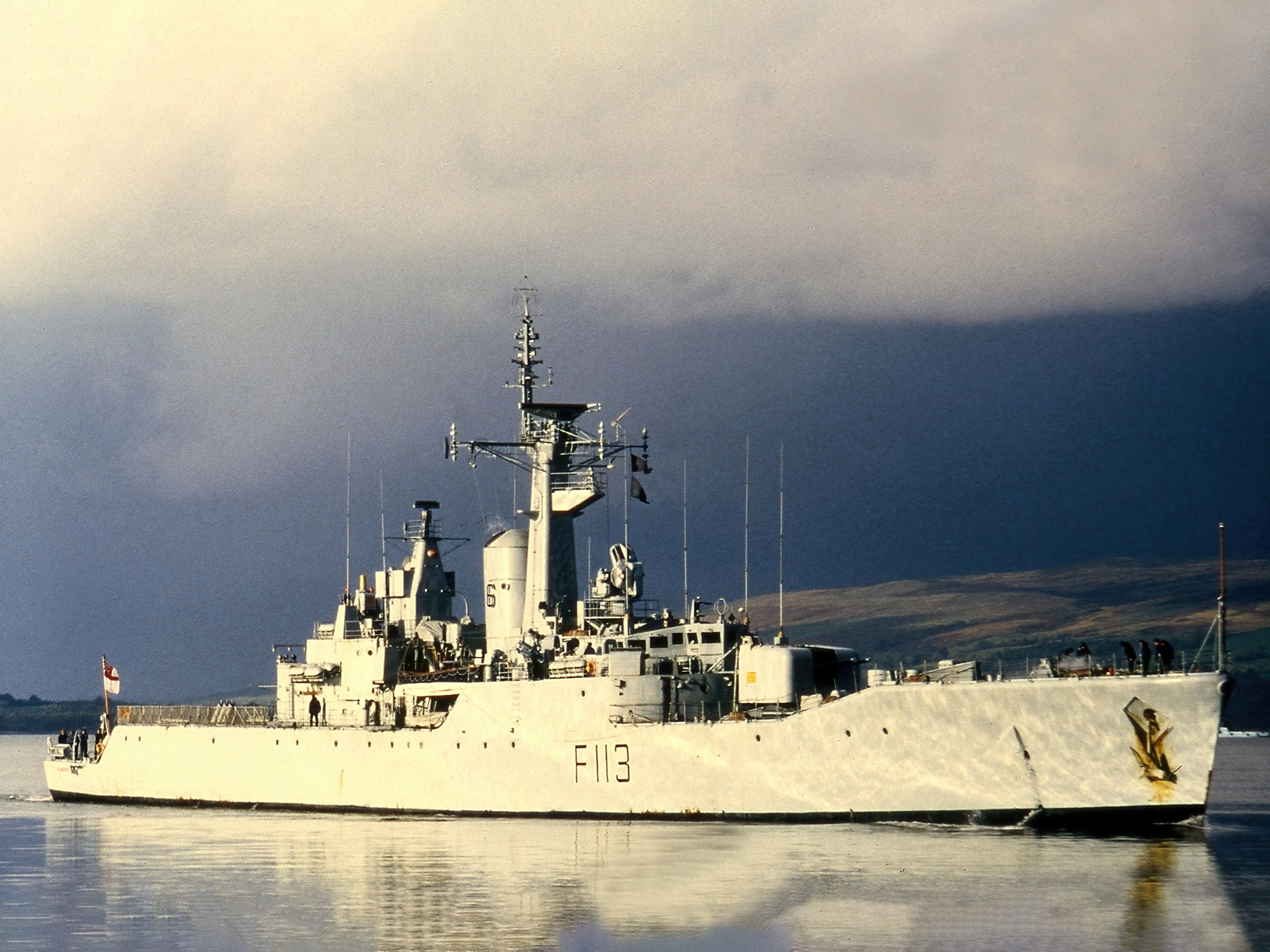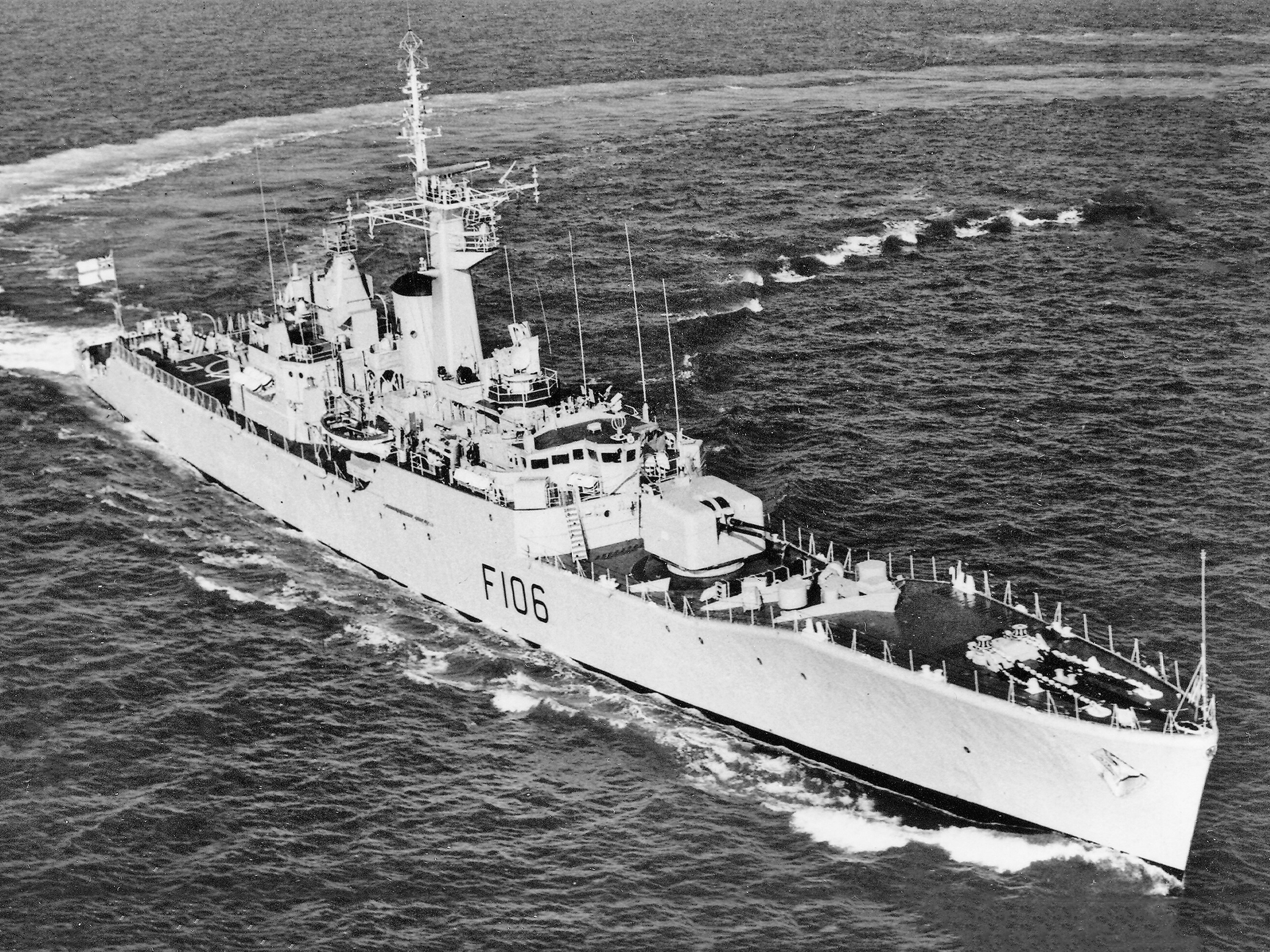Royal Navy Rothesay Class Frigates: A Comprehensive Guide
Introduction
The Rothesay class frigates, also known as the Type 12M class, were second-generation anti-submarine warfare (ASW) frigates introduced into the Royal Navy in the late 1950s. An improved version of the earlier Whitby class, the Rothesays formed the backbone of the Royal Navy’s Cold War ASW fleet before many were modernised into guided missile destroyers or used in training and support roles. Twelve ships were built, and some went on to see action in the Falklands War of 1982.
Origins and Design Development
The Rothesay class was designed as a development of the Type 12 Whitby class, retaining excellent seakeeping and ASW capabilities but incorporating improvements in armament, sensors and crew accommodation.
At 2,300 tonnes standard displacement and approximately 370 feet in length, the ships were slightly larger than the Whitbys. They were fitted with improved radar and sonar, and armed with twin 4.5-inch guns, Limbo ASW mortars, and Seacat surface-to-air missiles added in later modernisations.
The design was flexible, and several ships were later converted into Type 12I Ikara missile destroyers, extending their operational usefulness.
Ships of the Class
A total of 12 Rothesay class frigates were built, all named after British towns or regions:
HMS Leander (F109) was planned as part of this group but became the prototype for the Leander class.
Service and Operations
The Rothesays were heavily engaged in NATO operations during the Cold War, patrolling the Atlantic and North Sea to counter the growing Soviet submarine threat. Their sonar and Limbo mortars made them formidable in ASW roles.
Several ships saw active service in later conflicts:
HMS Plymouth (F126) and HMS Yarmouth (F101) both fought in the Falklands War, providing naval gunfire support and taking part in operations around South Georgia and the Falklands Islands. Plymouth famously accepted the surrender of Argentine forces at South Georgia.
Other ships participated in the Cod Wars with Iceland and numerous NATO exercises worldwide, by the late 1980s most had been withdrawn, though some lingered as training ships or were sold for scrap.
Technical Features
Displacement: 2,300–2,500 tonnes standard
Length: 370 feet
Propulsion: Steam turbines, maximum speed of 29 knots
Armament (as built): Twin 4.5-inch gun mount forward, 40mm Bofors guns, 2 × Limbo ASW mortars
Modernisation: Addition of Seacat SAM launchers, improved sonar, some fitted with Ikara ASW missile system
Crew: Around 212 officers and ratings
Legacy and Replacement
The Rothesays served as the bridge between the Whitby and Leander classes. They proved reliable, capable of upgrades, and highly versatile during their long service lives. Their actions in the Falklands ensured that at least some of the class earned combat honours, while their contribution to Cold War ASW operations was immense.
They were gradually replaced by the Leander class and later the Type 22 frigates, but their design lineage influenced Royal Navy frigate development for decades.
Summary – At a Glance
|
Ship |
Commissioned |
Notable Service Highlights |
Fate / Status |
|
HMS Yarmouth (F101) |
1960 |
Falklands War, Cod Wars, NATO patrols |
Decommissioned 1986 |
|
HMS Lowestoft (F103) |
1961 |
Cold War patrols, NATO operations |
Decommissioned 1985 |
|
HMS Brighton (F106) |
1961 |
NATO deployments, Cold War service |
Decommissioned 1981 |
|
HMS Rothesay (F107) |
1960 |
First of class, Cold War patrols |
Decommissioned 1988 |
|
HMS Londonderry (F108) |
1960 |
Training ship after refit, Cold War service |
Decommissioned 1989 |
|
HMS Falmouth (F113) |
1961 |
NATO service, Cold War deployments |
Decommissioned 1988 |
|
HMS Rhyl (F129) |
1961 |
NATO operations, Cold War deployments |
Decommissioned 1984 |
|
HMS Berwick (F115) |
1961 |
NATO patrols, Cold War service |
Decommissioned 1985 |
|
HMS Plymouth (F126) |
1961 |
Falklands War, South Georgia surrender |
Decommissioned 1988 |
(Note: although 12 were built, several were prototypes or later converted; the list above covers the main active fleet units.)
Conclusion
The Rothesay class frigates were dependable Cold War escorts that served the Royal Navy across three decades. Though relatively modest in size, they proved adaptable and effective, particularly in anti-submarine operations. Their service in the Falklands secured their place in history, while their influence on future frigate design made them a vital link in the evolution of the Royal Navy’s surface fleet.


